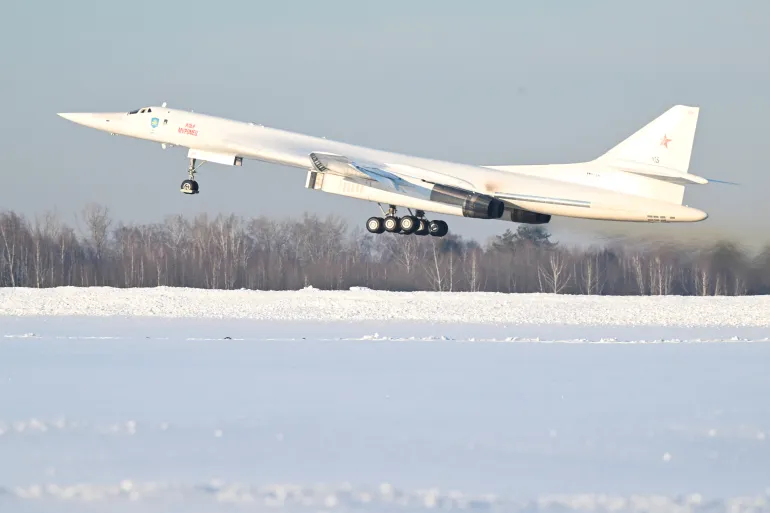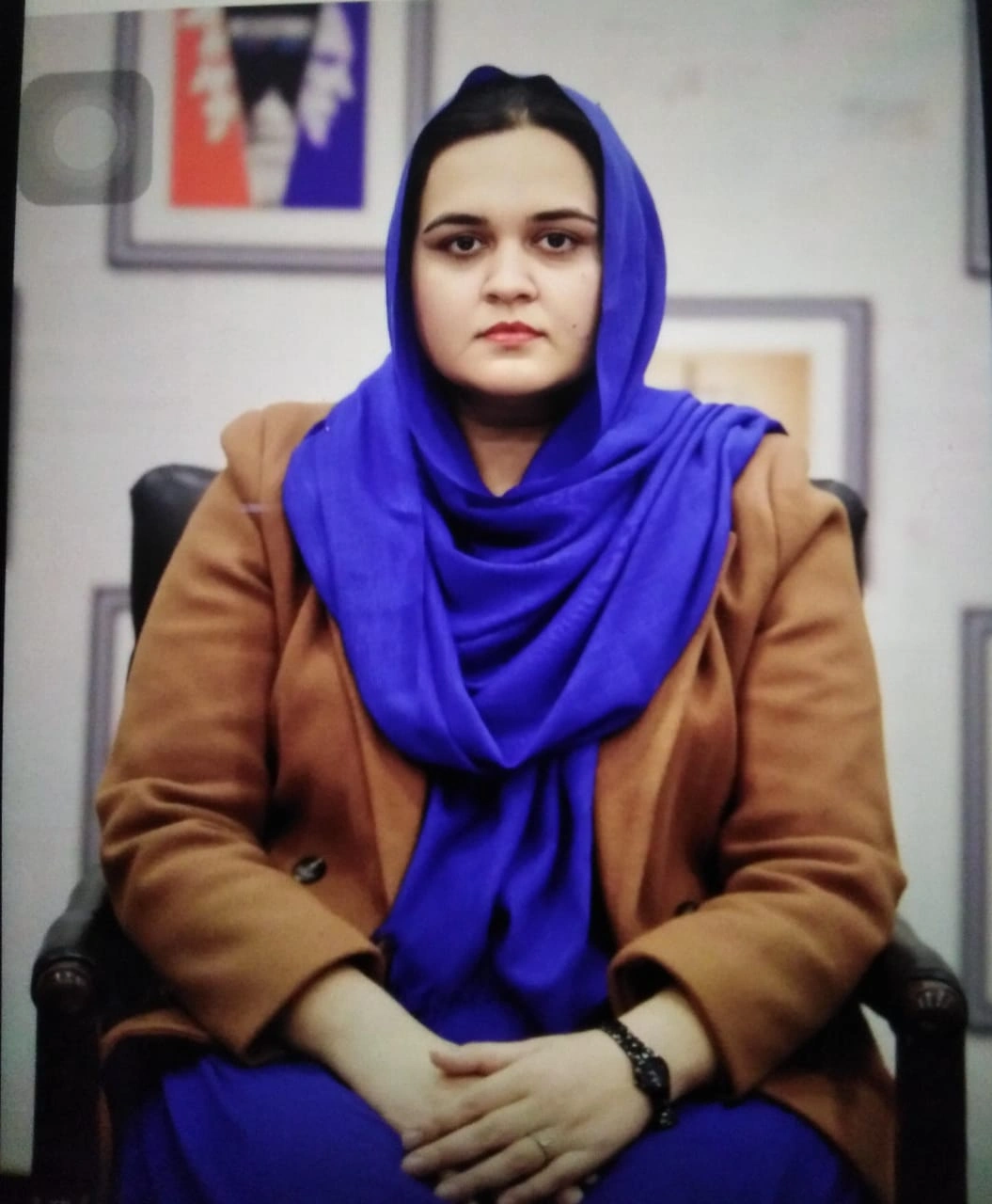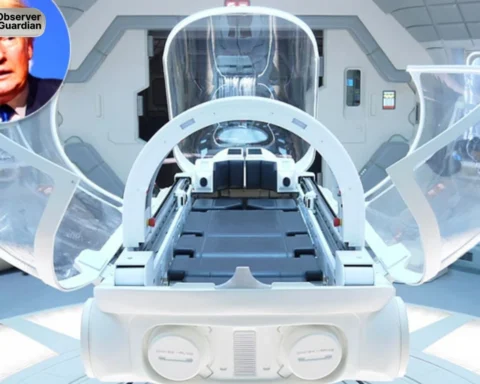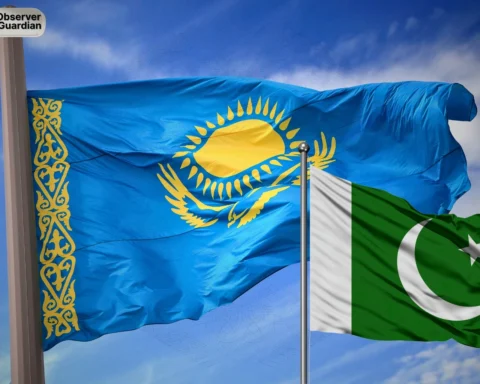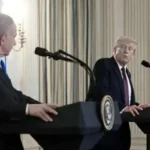China and Pakistan have a long history of military cooperation, and that relationship was on display again during President Asif Ali Zardari’s visit to Chengdu. While there, he was given a peek inside AVIC, the Chinese aerospace giant that develops everything from trainers to stealth jets. The big headline was that Pakistan got an update on China’s prized J-20 stealth fighter, along with a briefing on the progress of their joint JF-17 Thunder program.
Now, nobody’s saying Pakistan is about to get J-20s tomorrow. The J-20 is China’s crown jewel and a fifth-generation stealth jet designed to counter the likes of the American F-35. What Pakistan seems to have received is more of a high-level look: where the program stands, what technologies are maturing, that sort of thing. The fact that Beijing is willing to open that door, even slightly, says a lot about how much trust they’re trying to signal to Islamabad. But so far, no commitments, no transfers, just a carefully managed glimpse.
JF-17, on the other hand, is a very different story. That project is already a symbol of Pakistan-China collaboration. Built jointly, flown proudly by the Pakistan Air Force, it has been steadily upgraded with better avionics, weapons compatibility, and sensors. During this visit, Zardari was told about the current state of co-production and what the future holds. Pakistan has repeatedly said the Thunder has proven itself in operations, and it continues to be the workhorse fighter that balances affordability with capability.
Some analysts think all this talk of the J-20 is meant to lay the groundwork for the future, even if Pakistan never actually buys it. It could be China’s way of signaling that if Islamabad is ready and if regional dynamics demand it, they had to be open to talking. There have also been whispers in the press about Pakistan eyeing the newer J-35 stealth jet, but those rumors were flatly denied by Pakistan’s defense minister.
So, what does it all mean? Right now, the practical side of this partnership is still the JF-17. That’s where Pakistan and China are investing their energy and resources, and it is a program that both countries can point to as a success. The J-20 briefing feels more like a strategic gesture: a way to reassure Pakistan that it’s in the loop on China’s most advanced projects, even if it doesn’t have a stealth fleet of its own yet.
The big question whether Pakistan will ever operate a fifth-generation jet like the J-20 remains unanswered. For now, it looks more like a case of strengthening bonds and showing trust rather than promising hardware. But in a region where air power is a constant balancing act, even that kind of signal matters.

